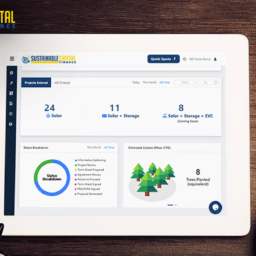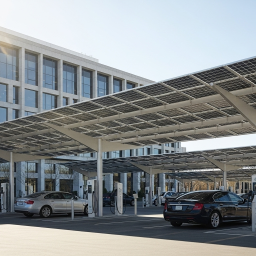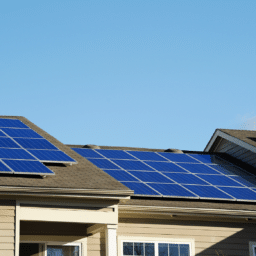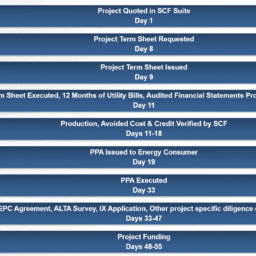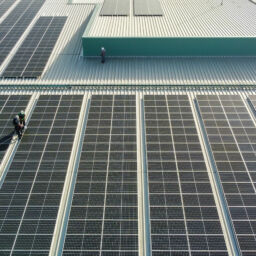
As we enter the latter half of what’s been a volatile year for the solar industry, (and most industries) developers across the industry are pushing to get projects closed or safe harbored in order to capture the full 2020 Investment Tax Credit of 26%. The importance of this is obvious to both customers and developers, yet far too often issues come up in the development cycle that push projects into the next year and harm the economics for all parties involved.
For cash and debt deals, the repercussions of rolling projects into the next year are obvious. Solar purchasers will realize a 4% decrease in ITC, dropping to 22% in 2021, and can then decide if the reduction in value still makes the project worthwhile. This can be easily calculated and understood for purchasers, even if this is their first time evaluating a solar purchase for their business. However, customers evaluating a solar PPA will not be claiming ITC on their project, and therefore may be less aware of the impact in ITC reduction.
Developers and financiers should try to ensure their customers are not adopting this mentality and are still pushing hard to get the project closed or safe harbored by year end. Although not as blatantly obvious as calculating the reduction in project value from rolling cash deals into 2021, there is still a significant economic benefit to the customer caused by the ITC value on PPA deals. The owner of the project will receive less ITC value, and will therefore l need to recoup the lost economics in the form of a higher PPA rate to the customer. Here are a few examples of how PPA rates can be impacted by ITC reduction, which developers and their customers can use to create a sense of urgency for their 2020 projects:
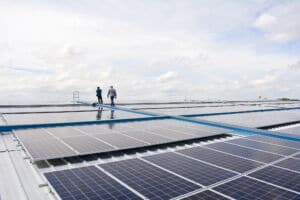 NJ project with TRECs, 20 year PPA, 250kW, $2.10/W, with no escalator results in a 13.1% increase in PPA rate due to a 4% change in ITC.
NJ project with TRECs, 20 year PPA, 250kW, $2.10/W, with no escalator results in a 13.1% increase in PPA rate due to a 4% change in ITC.
Under the same conditions with an escalator of 2% included, that rate change increases to 13.5%.
To contrast this example we can evaluate a larger project in California, where the ITC impact is not quite as drastic. This is partially due to the higher energy yield, larger project size, and lower EPC cost:
CA project, 1MW, $1.85/W, results in a 4% increase in PPA rate with a 2021 ITC , on a 25 year PPA term
This results in roughly $7,000 less of energy savings annually over the course of the project. So although the shift is not nearly as drastic, there is still a substantial impact from ITC step down on a larger project with a lower EPC cost.
Additionally, smaller projects are typically much closer to the customer’s avoided energy cost, so the step down may make the project unviable as PPA payments end up exceeding their avoided cost. Developers should do all they can to either close their projects by 2020 or allocate safe harbored materials, especially in the case of smaller commercial deals that are closer to the customer’s avoided cost.
To avoid having projects lost, or negatively impacted due to the ITC step down there are several steps developers can take. The first and most obvious would be to have all permits, applications, and approvals in place as early as possible to ensure the project can move forward as soon as all parties are ready to begin installation. Making the repercussions clear to the customer for commencement delay can be a great sales tool to help drive a decision. Finally, if it seems inevitable the project will end up being a 2021 installation, materials can be allocated and safe harbored in advance, so long as agreements have been executed, allowing 2020 ITC to be claimed.
To learn more about expediting the PPA process in order to preserve the value of your projects, contact the SCF team today.


